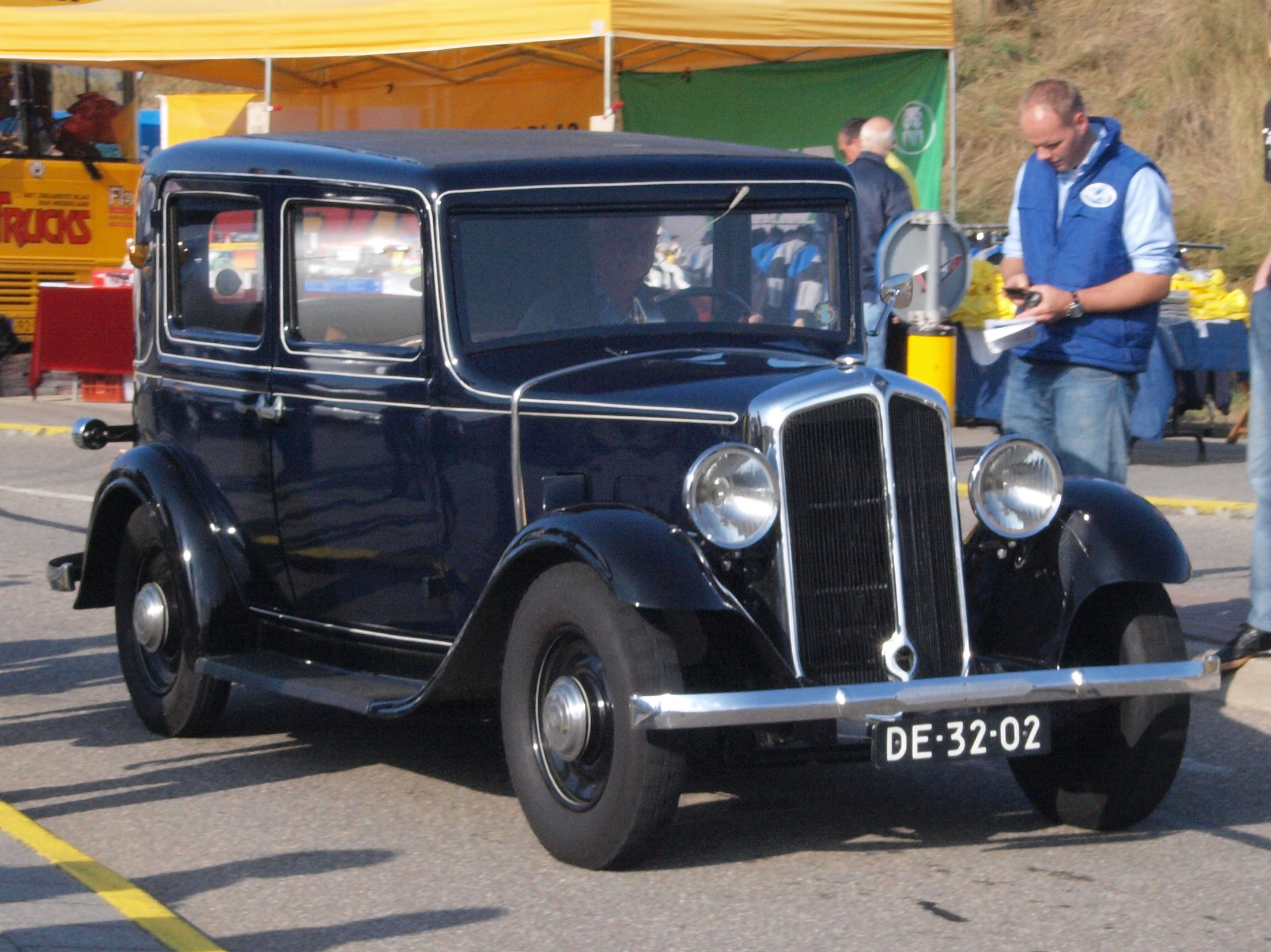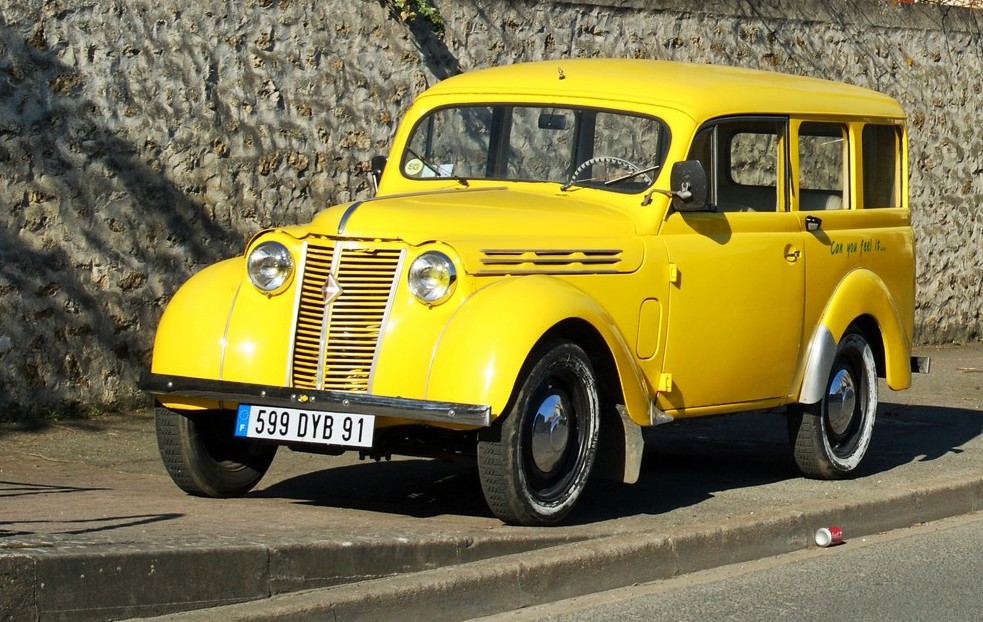Vilvoorde Renault Factory on:
[Wikipedia]
[Google]
[Amazon]




 Renault Industrie Belgique S.A. / Renault Industrie België N.V., officially shortened with the
Renault Industrie Belgique S.A. / Renault Industrie België N.V., officially shortened with the
Official Website of ''Renault Industrie Belgique S.A.''Information on ''Renault Industrie Belgique S.A.''
{{coord missing, Belgium Motor vehicle assembly plants in Belgium Renault American Motors Vilvoorde Belgian companies established in 1931 Vehicle manufacturing companies established in 1931



acronym
An acronym is a word or name formed from the initial components of a longer name or phrase. Acronyms are usually formed from the initial letters of words, as in ''NATO'' (''North Atlantic Treaty Organization''), but sometimes use syllables, as ...
RIB, opened in 1931 as an auto-assembly plant owned and operated by Renault
Groupe Renault ( , , , also known as the Renault Group in English; legally Renault S.A.) is a French multinational automobile manufacturer established in 1899. The company produces a range of cars and vans, and in the past has manufactured ...
in Vilvoorde
Vilvoorde (, french: Vilvorde ; historically known as ''Filford'' in English) is a Belgian municipality in the Flemish province of Flemish Brabant. The municipality comprises the city of Vilvoorde proper with its two outlying quarters of Koningslo ...
on the northern edge of Brussels
Brussels (french: Bruxelles or ; nl, Brussel ), officially the Brussels-Capital Region (All text and all but one graphic show the English name as Brussels-Capital Region.) (french: link=no, Région de Bruxelles-Capitale; nl, link=no, Bruss ...
in Belgium
Belgium, ; french: Belgique ; german: Belgien officially the Kingdom of Belgium, is a country in Northwestern Europe. The country is bordered by the Netherlands to the north, Germany to the east, Luxembourg to the southeast, France to th ...
. It was the manufacturer's first plant to be located outside France
France (), officially the French Republic ( ), is a country primarily located in Western Europe. It also comprises of Overseas France, overseas regions and territories in the Americas and the Atlantic Ocean, Atlantic, Pacific Ocean, Pac ...
.
Automobile production at Vilvoorde came to an abrupt end in 1997, with the loss of approximately 3,500 jobs, and in the face of much public opposition from and on behalf of those affected.
History
Origins
Production began in 1931, the plant's first year of operation, although at this stage only a few thousand cars per year were made. The models in question were the manufacturer's Monaquatre and Primaquatre. The plant's first volume model, introduced in the late 1930s and still assembled at Vilvoorde until 1955, was theRenault Juvaquatre
The Renault Juvaquatre () is a small family car / compact car automobile produced by the French manufacturer Renault between 1937 and 1960, although production stopped or slowed to a trickle during the war years. The Juvaquatre was produced as ...
, which competed in a hotly contested market segment against cars such as the Peugeot 202
The Peugeot 202 is a supermini developed and designed by the French car manufacturer Peugeot. Production of the car ran between 1938 and 1942 and then, after a brief production run of 20 in early 1945, restarted in mid-1946. It was sold until 19 ...
and the Opel Kadett
The Opel Kadett is a small family car produced by the German automobile manufacturer Opel from 1936 until 1940 and then from 1962 until 1991 (the Cabrio continued until 1993), when it was succeeded by the Opel Astra.
Kadett I (1936–1940)
...
. Production of the estate version of the Juvaquatre, badged as the Renault Dauphinoise, continued until 1960. In the meantime a second volume model, the new rear engine Renault Dauphine
The Renault Dauphine () is a rear-engine design, rear-engined economy car manufactured by Renault in a single body style – a Three-box styling, three-box, 4-door sedan (car), sedan – as the successor to the Renault 4CV; more than two ...
was added to the lines. By 1960, Vilvoorde had become very much more than an assembly operation, producing its own axle components, exhaust systems and body panels.
Boom years
At the start of the 1960s the old Dauphinoise was finally taken out of production, to be replaced on the Belgian production line by the much more modern Renault R4 (later rebranded as the Renault 4). In 1962, Renault installed a third production line which was used to assemble the Rambler-Renault Classic. This arrangement was one of a huge campaign led by the international marketing manager ofAmerican Motors
American Motors Corporation (AMC; commonly referred to as American Motors) was an American automobile manufacturing company formed by the merger of Nash-Kelvinator Corporation and Hudson Motor Car Company on May 1, 1954. At the time, it was the ...
(AMC), Roy D. Chapin Jr.
Roy Dikeman Chapin Jr. (September 21, 1915 – August 5, 2001) was the chairman and chief executive officer of American Motors Corporation (AMC). Chapin's father, Roy D. Chapin Sr., was one of the co-founders of the Hudson Motor Car Company; Hud ...
during the 1960s to expand AMC's international operations. (This arrangement would have lasting consequences decades later when AMC was ultimately acquired by Renault in the late 1970s.) In 1967, the Classic was replaced at the Vilvoorde plant with the Rambler-Renault Rebel. In volume terms, however, the Renault designed models outnumbered the Rambler designs, with overall production in the late 1960s, running at around 100,000 cars annually. By that time, the Dauphine had been taken out of production, to be replaced on the Vilvoorde lines with the Renault 6
The Renault 6 is a C-segment small family car manufactured and marketed by the French automaker Renault between 1968 and 1986.
The Renault 6 (R6) was launched at the 1968 Paris Motor Show, and was intended to be an upmarket alternative to the Re ...
.
1967 was the last year of Rambler production and the Rambler line at the factory was repurposed for production of the Renault R12.
The 1973 oil crisis
The 1973 oil crisis or first oil crisis began in October 1973 when the members of the Organization of Arab Petroleum Exporting Countries (OAPEC), led by Saudi Arabia, proclaimed an oil embargo. The embargo was targeted at nations that had supp ...
triggered large fuel price rises which gave Renault, with a range of relatively small and economical cars, an enormous competitive advantage. The Renault 12 remained in production until 1976, to be replaced in the Belgian assembled range by the Renault 14
The Renault 14 is a compact car produced by the French manufacturer Renault between 1976 and 1983. It was first shown in January 1976 with production beginning in June of that year.
It was the first car to be produced in large volumes at the compa ...
.
During the 1980s output was dominated by smaller models, including the Renault 5 Turbo
The Renault 5 Turbo or R5 Turbo is a sport hatchback automobile launched by the French manufacturer Renault at the Brussels Motor Show in January 1980. The car was primarily designed for rallying, but was also sold in a street version.
A total o ...
. A mid-sized model returned to Vilvoorde in 1986 with the arrival of the Renault 21
The Renault 21 is a large family car produced by French automaker Renault between 1986 and 1994. It was also sold in North America initially through American Motors dealers as the Renault Medallion and later through Jeep-Eagle dealers as the Ea ...
. Other models produced at Renault's Belgian plant in the 1990s included the small Clio
In Greek mythology, Clio ( , ; el, Κλειώ), also spelled Kleio, is the muse of history, or in a few mythological accounts, the muse of lyre playing.
Etymology
Clio's name is etymologically derived from the Greek root κλέω/κλεί� ...
and the compact Mégane models.
The end of auto-assembly at Vilvoorde and the ''loi Renault''
The ending of auto-assembly at Vilvoorde in 1997 caused the loss of around 3,500 jobs, along with strikes, street protests and political disputes. Adverse publicity included a 1999 film by Jan Bucquoy entitled “Fermeture de l'usine Renault à Vilvoorde” (Closure of the Renault factory at Vilvoorde). In this fictional work Renault chairman Louis Schweitzer, who had taken a high-profile role in the plant closure, is kidnapped for purposes of blackmail, and later murdered. In real life Schweitzer remained unkidnapped and at the helm of Renault till 2005: he is still alive in 2018. The action led to a law being enacted in 1998 known as the ''loi Renault'', dealing with necessary consultation procedures on mass redundancies. As a consequence, the term ''Procédure Renault The ''"Procédure Renault"'' is a term referring to a Belgian Labour law of 13 February 1998 related to collective redundancies. It foresees a legally mandatory consultation period when an employer intends to proceed with a collective redundancy, as ...
'' is now in common usage by the Belgian media as a synonym for "redundancy consultation" or similar terms.See Procédure Renault The ''"Procédure Renault"'' is a term referring to a Belgian Labour law of 13 February 1998 related to collective redundancies. It foresees a legally mandatory consultation period when an employer intends to proceed with a collective redundancy, as ...
for examples of usage
Following the high-profile end to auto-production, the plant was modernised and is again functioning, but only for the production of car-components. Approximately 500 workers are employed in 2013.
Identification number
Cars produced at the Renault Vilvoorde plant can be identified from theVehicle Identification Number
A vehicle identification number (VIN) (also called a chassis number or frame number) is a unique code, including a serial number, used by the automotive industry to identify individual motor vehicles, towed vehicles, motorcycles, scooters ...
, in which the eleventh position on the Vilvoorde cars is taken by the letter “H”.
Notes
External links
Official Website of ''Renault Industrie Belgique S.A.''
{{coord missing, Belgium Motor vehicle assembly plants in Belgium Renault American Motors Vilvoorde Belgian companies established in 1931 Vehicle manufacturing companies established in 1931